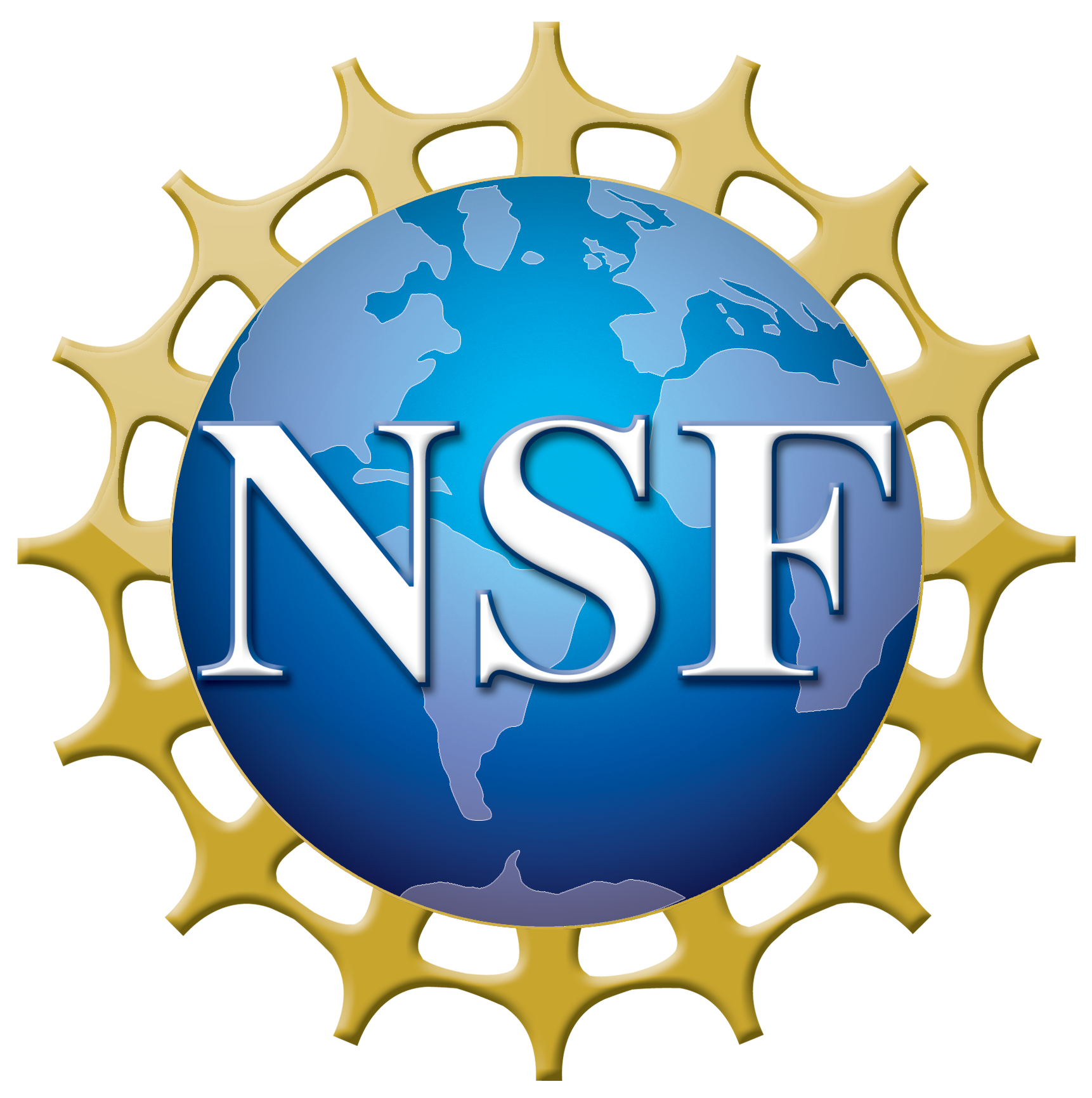Let's talk about money. And, potentially, one of the most prestigious sources of graduate school funding out there – the NSF GRFP. I learned about this award during my 1st year as a graduate student at Berkeley. I, instantly, became obsessed with winning this award. It felt like the perfect "stamp-of-approval" to help me secure my dream lab, get a rai$e, and combat my violent sense of imposter syndrome. This grant would give me the financial freedom I needed to excel in graduate school and, unapologetically, pursue my own ideas.
I was 22. Infatuated. And no longer sleeping very well - let me explain.
The National Science Foundation (NSF) is an independent agency of the United States government that supports fundamental research and education in all the non-medical fields of science and engineering. Its medical counterpart is the National Institutes of Health (NIH).
The NSF awards grants on all levels - undergraduate, postbaccalaureate, graduate, postdoctoral, and pre- and post-faculty postitions – enabling researchers to conduct goverment-funded research wherever they want!
The NSF Graduate Research Fellowship Program has funded over 46,500 graduate research fellowships out of over 500,000 applicants since it started in 1952. With over 12,000 new applicants every year, only 16% of applications are funded. Needless to say, the NSF-GRFP is one of the oldest, most prestigious and competitive fellowship of its kind.
It's been called the great equalizer because you don't need a formal nomination from a specific group – any undergraduate or 1st or 2nd year graduate student for any academic institution can apply. NSF celebrates some of the wildest, most ambitious scientific breakthroughs, regardless of where they come from - which made very excited!
I was fortunate enough to win the NSF GRFP and the NSF Postdoctoral Research Fellowships in Biology (PRFB) on my first try. I am so excited to share my application materials with you here and everything I learned - insights I wish I had when I first applied.
My application materials for the NSF GRFP and the PRFB are linked here.
My top 3 tips for writing a killer NSF application:
- Think like a reviewer. Your mission, should you choose to accept it, is to emphasize the Intellectual Merit, or the potential to advance knowledge, and the Broader Impacts, or the potential to benefit society and contribute to the achievement of specific, desired societal outcomes, of your scientific research project. Each NSF reviewer is usually assigned 10 to 12 proposals and spends only 90 to 120 minutes on each, so it is imperative to bold key phrases and structure your proposal in such a way that it stands out from the crowd. In your Personal Statement, which carries more weight than your Research Proposal, highlight your contributions to science, i.e. publications and/or presentations at conferences, the experiences that showcase that you have the skills and capacity to do the research you are proposing, i.e. leadership experiences and connections to scientific experts in your field. I had a first author publication as an undergraduate and presented my work at an international conference in Saudi Arabia, which I bold in my application. My reviewers loved that and wrote about that in my comments section. My research proposal was written based on my proposed rotation project, so while I had no preliminary results after just a few weeks of rotating, I focused on how much I would learn from my potential advisor and all the amazing Nobel laureates Berkeley had to offer. Notably, reviewers want to see evidence of your expertise and enthusiam for a future career in basic science, and they want to see it in 2 minutes, tops!
- Emphasize how you and your work are going to make a real difference. This is likely the most important tip that I would like to explain starting with a short story. One of my experiences at Berkeley was a candid discussion about grants with Jennifer Doudna, 2020 Nobel Prize winner in Chemistry for her pioneering work in CRISPR gene editing. She came to my introductory MCB100A/B class while we were all gearing up to apply for the NSF-GRFP and spoke about her experience with NSF. She explained that in her early pursuits of CRISPR, NSF was one of the first to fund her work. They saw the potential and wanted to celebrate such an ambitious scientific venture that could transform gene editing forever. I wanted to be a part of than community: an NSF grant awardee – someone who could transform the world as we know it and solve some of the world's most pressing problems. In Personal Statement it's important to emphasize how your experience has shaped the difference you want to make as a scientist. What are the scientific contributions you want to make and how will this affect the everyday person? I share how my experience shaped my dream to break down structural barriers for scientists for historically oppressed groups and create more globally accessible scientific platforms – ideally giving the everyone a chance to contribute scientifically. See my proposal for specific examples of how I do this!
- Win with your words, and the words of your recommendation letter writers. NSF reviewers look specific points for their review. In your Intellectual Merit section, clearly answer: How important is the project? How well-qualified is the PI and other involved individuals? How creative, original or potentially transformative is the proposal? In your Broader Impacts section, address: Does the proposed project advance discovery and understanding while promoting teaching and learning? Does it address under-represented groups? Will the project enhance the infrastructure for research and education or offer societal benefits? Clearly answer these questions and you'll have a glowing application! It is essential that your letter writers mirror the enthusiam and merit of your proposal. In particular, I often see women described as hard-working or committed, but with a goal to change the world, it can make all the difference if you are described as a leader, visionary, or fearless trailblazer, which one of my reviewers absolutely loved! So it important to check-in with your letter writers and ensure that they can confidently match the glow of your application and solidify your reviewer's confidence in your abilities.
So, those my main 3 tips for writing a winning NSF proposal! Other great resources include CaffinatedConfidence.com and this excellent, comprehensive NSF grant writing guide by the University of Omaha. There are also many other fabulous fellowships that may even be a better fit! My favorite compilation of pre- and postdoctoral fellowships is here. Remember to work closely with your mentors to perfect your materials, especially your scientific proposal! But, most importantly, remember that you are more than enough whether or not you win this award. Trying to change the world automatically makes you a star in my eyes!
Lots of love,
Lisa

